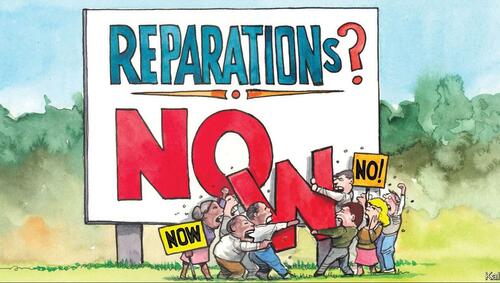In late 2008, the Fed was very worried about inflation. But they also faced a financial crisis. In response, they injected liquidity into the financial system system to help banks, while simultaneously instituting a program of paying interest on bank reserves in order to prevent that extra liquidity from boosting aggregate demand. As a result, demand collapsed and we plunged into the Great Recession.
At the time, the Fed was accused of trying to rescue Wall Street without helping Main Street. It might have been better if they had done the reverse. Keep that history in mind when you read this observation from the Financial Times:
Central banks could be forced to backstop crucial parts of the financial system that are vulnerable to higher interest rates, undermining their attempts to fight inflation, the Bank for International Settlements warned on Monday.
The BIS, dubbed the bank for central banks, said the crisis that unfolded in UK gilt markets in September underlined the risk that monetary authorities could be forced to inject liquidity into financial markets at a time when they are trying to rein in price pressures through higher interest rates and are shrinking their balance sheets.
In fairness, the BoE is aware of the issue with moral hazard:
Andrew Bailey, the BoE governor, told the Lords economic affairs committee last week that it had been “imperative” to end the operation promptly. The operation constituted a “serious moral hazard problem” — since parts of the market “would love to have the Bank of England permanently offering to buy gilts” — and “was running directly counter to the operation of monetary policy”.
If modern economies cannot survive 5% interest rates without triggering a financial crisis, then we need to rethink a wide range of policy issues including both monetary policy and also the various ways that previous government bailouts have tended to encourage more risk taking by financial firms.














